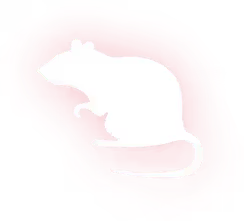

Cockroach Exterminator in Shady Grove, TX
Cockroach exterminatior in Shady Grove, TX by Spot On Pest Control, LLC. Eliminate roaches using proven safe methods. Book a trusted inspection service now.

Cockroaches are more than an annoyance; they are a persistent health and sanitation threat in Shady Grove, TX homes. Warm, humid conditions in this region allow cockroach populations to thrive year-round, and older homes, multi-unit properties, and homes near waterways are particularly vulnerable. A targeted cockroach inspection and extermination plan identifies species, addresses underlying sanitation and entry points, applies effective chemical and non-chemical controls, and establishes a monitoring schedule to prevent recurrence.
Why professional cockroach inspection and extermination matters in Shady Grove, TX
Cockroaches spread bacteria, contaminate food, and shed allergens that can trigger asthma and allergic reactions. In Shady Grove, TX the extended warm season and local landscape create ideal hiding spots in basements, crawl spaces, kitchens, and exterior debris. Early identification of species and harborages is critical because treatment methods vary by species and infestation size. Professional inspection reduces wasted treatments and improves long-term control.
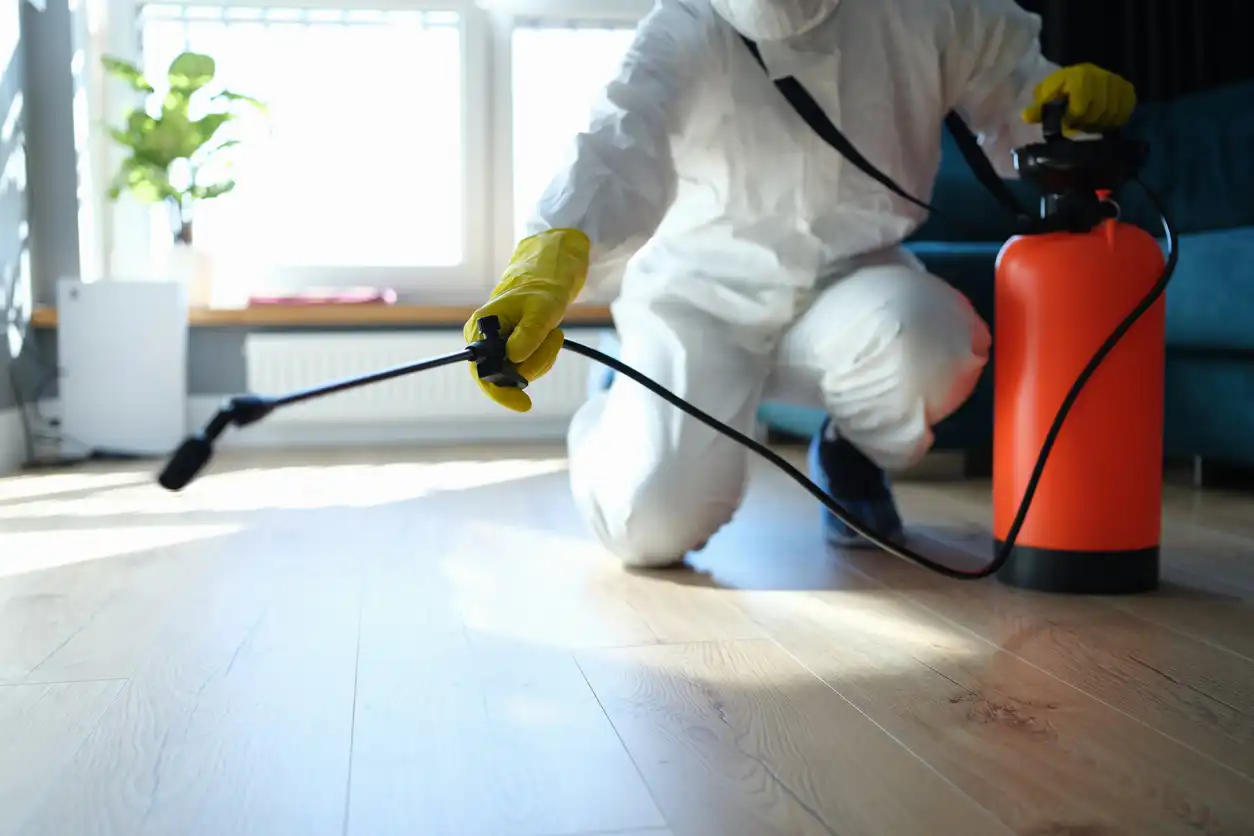
Common cockroach species and signs in Shady Grove, TX
Identifying the species helps shape the plan. Common types found in Grove homes include:
- German cockroach: Small (1/2 inch), tan to light brown with two dark parallel streaks on the pronotum. Prefers kitchens and bathrooms, hides in cracks near food and moisture.
- American cockroach: Larger (1 to 2 inches), reddish-brown with a yellowish figure-8 mark behind the head. Often found in basements, sewers, and around exterior lighting.
- Oriental cockroach: Dark brown to black, about 1 inch, prefers cool, damp areas like crawl spaces, garages, and basements.
- Wood cockroaches: Larger, often found outdoors in mulch and woodpiles; may enter homes seasonally.
Signs of infestation:
- Live roaches at night or during the day in heavy infestations
- Droppings (pepper-like specks) and smear marks
- Shed skins and egg cases (oothecae)
- Distinctive musty odor in severe infestations
What a professional inspection covers
A thorough inspection documents species, entry points, and conducive conditions:
- Visual inspection of kitchens, bathrooms, basements, crawl spaces, utility rooms, and exterior building perimeter
- Use of sticky traps to establish activity and hot spots
- Moisture assessment around pipes, drains, and appliances
- Inspection of exterior clutter, landscaping, and drainage that support harborages
- Review of sanitation and storage practices that contribute to food availability
Sanitation and exclusion recommendations
Effective cockroach control combines treatment with changes to the environment. Key recommendations include:
- Eliminate food sources: store food in sealed containers, clean up crumbs, and avoid leaving pet food out overnight
- Reduce moisture: repair leaky faucets, pipes, and appliances; ensure proper ventilation in bathrooms and attics
- Seal entry points: caulk gaps around pipes, doors, and windows; weatherstrip exterior doors; screen vents
- Remove exterior harborages: clear mulch and wood debris away from foundations, secure trash bins, and trim dense vegetation
- Reduce clutter: minimize cardboard and paper piles where roaches hide and breed
Chemical and non-chemical control methods
An integrated approach uses both chemical and non-chemical methods tailored to species and infestation severity.
Non-chemical options:
- Targeted vacuuming of visible roaches and egg cases to physically reduce populations
- Sticky traps to monitor activity and capture individuals
- Insect growth regulators (IGRs) that prevent nymphs from maturing and interrupt reproduction cycles
- Heat or focused steam treatments for localized infestations in difficult-to-treat furniture or voids
Chemical control options (professional application):
- Gel baits: placed in kitchen cabinets, behind appliances, and in other harborages; slow-acting gel baits allow roaches to return to nests and transfer bait to others
- Bait stations: tamper-resistant placement for ongoing control in high-activity areas
- Residual insecticide treatments: applied as spot treatments to cracks, crevices, and baseboards to reduce hiding populations
- Dusts (e.g., boric acid or silica) applied in wall voids and void spaces inaccessible to liquids
- Targeted crack-and-crevice applications rather than broad-surface spraying to reduce exposure risks
- Safety considerations: Professionals select products and techniques with children and pets in mind, using minimal effective amounts and applying baits or dusts in inaccessible locations. Proper labeling and application reduce unnecessary exposure.
Baiting strategies that work
Successful baiting is strategic:
- Place baits where roaches naturally travel and hide: behind refrigerators, under sinks, behind stoves, and near drain lines
- Use multiple placements and monitor uptake to identify hot spots
- Combine slow-acting baits with IGRs to reduce reproduction while baiting reduces adult numbers
- Rotate bait types if uptake is low or if resistance is suspected
- Maintain bait presence until monitoring shows consistent decline in activity
Health and allergy considerations
Cockroach allergens are a serious issue for families with asthma or allergies. Protein allergens come from droppings, shed skins, and dead bodies and can become airborne or settle into dust. Health risks include:
- Triggering asthma attacks and allergic rhinitis
- Contamination of food and surfaces with bacteria and pathogens
- Increased infection risk for vulnerable individuals
Addressing the infestation and improving sanitation reduces allergen levels. Regular cleaning of kitchens, vacuuming with HEPA-filter vacuums, and laundering soft textiles can reduce residual allergens.
Ongoing monitoring and multi-treatment plans
Roach control is rarely a one-time event. Effective programs include:
- Initial inspection and tailored treatment plan
- Follow-up visits at scheduled intervals (commonly 2 to 4 weeks after initial treatment) to evaluate progress and reapply targeted treatments
- Monthly or seasonal monitoring with sticky traps to detect reinfestation early
- Adjustments to bait placement, product selection, and exclusion measures based on monitoring data
- Long-term prevention plan addressing sanitation and structural vulnerabilities
A multi-treatment plan is especially important for German cockroach infestations, which reproduce quickly and are adept at avoiding single treatments.
Final considerations for Shady Grove, TX homes
Cockroach control in Shady Grove, TX requires awareness of local conditions: humidity, older housing stock, and outdoor habitat that supports roach populations. A professional inspection identifies the specific pest and the factors sustaining it, allowing for a targeted mix of sanitation, exclusion, baiting, and monitoring. By combining evidence-based treatments with practical home adjustments, households can reduce health risks and achieve sustained control of cockroaches.
Cockroach Exterminator in Shady Grove, TX That Gets Results
Roaches don’t just show up—they take over. At Spot On Pest Control, LLC, our cockroach exterminators in Shady Grove, TX, find out where they’re coming from, what species you’re dealing with, and how to shut down the infestation for good. We combine targeted baiting, precise crack-and-crevice treatments, and prevention strategies that keep your home roach-free long term.
Call Spot On Pest Control, LLC for expert cockroach extermination in Shady Grove, TX today.
Our Services
Our pest control services cover ants, termites, bed bugs, rodents, mosquitoes, and other common pests, with customized solutions for both residential and commercial properties.
.png)


